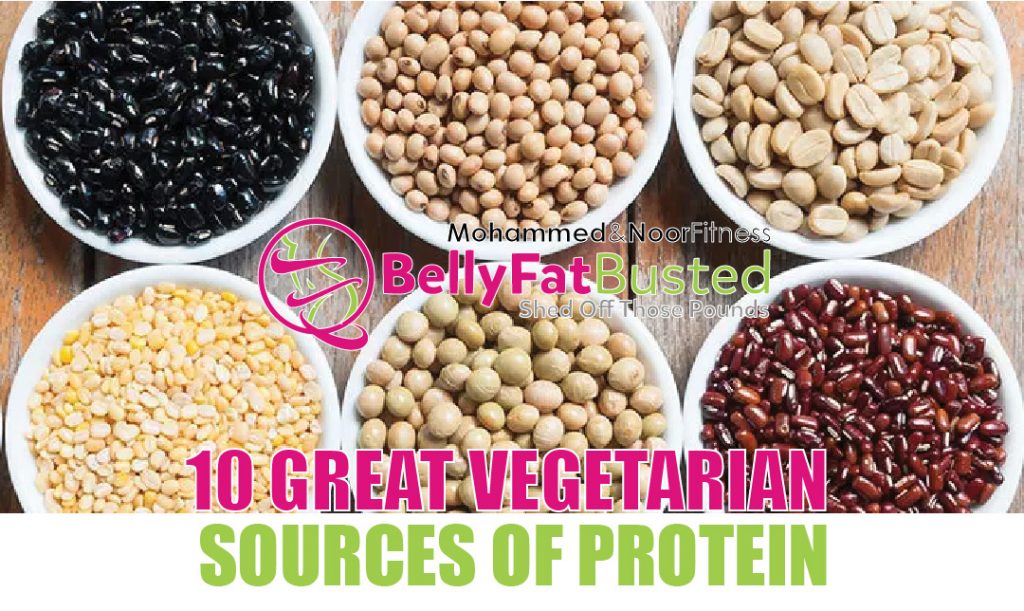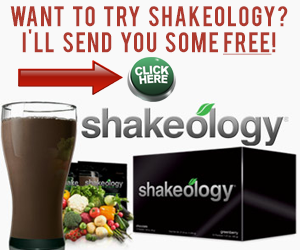
Anyone who’s read the latest studies about high-protein diets knows that we need to get a substantial amount of protein in our diets—about a third of a gram for every pound of body weight. One of the best and most readily available sources of protein comes from animals, but there are a lot of good reasons to think about cutting back or cutting out our consumption of meat to satisfy our protein needs.
Aside from the obvious animal-rights issues, there are several economic and environmental considerations to consider. The USDA estimates that it takes roughly 16 pounds of grain to make one pound of beef. When you consider that one-third of the world’s population is classified by the World Health Organization as starving, it’s easy to see where some of that grain could be put to better use. Beef production also impacts the ecosystem, from the clear-cutting of rainforests for grazing to water pollution to methane emissions, which contribute to greenhouse gases. And the cost of meat to your personal health is also significant. Although packed with protein, many meat choices contain high levels of saturated fats, the overconsumption of which can lead to heart disease and cancer.
At any rate, this article isn’t designed to be a polemic about the benefits of vegetarian living. Picking up a book like Eric Schlosser’s Fast Food Nation or Michael Pollan’s The Omnivore’s Dilemma, not to mention any of the vast Internet resources available on the subject, might convince you to replace meat with an alternative protein source a couple of meals a week.
The challenge in going vegetarian is finding enough “high-quality” protein. High-quality protein is defined as protein that contains all eight of the essential amino acids: isoleucine, leucine, lysine, methionine, phenylalanine, threonine, tryptophan, and valine. Most meat sources have all of the amino acids in one place. Plant sources usually have some of the acids, but not all in one place. So the key is combining foods to get a full complement of amino acids. Here are some of the top places to get your proteins (vegans, skip to #3).
- Eggs
Egg protein is commonly referred to as a “perfect protein” as it contains all the essential amino acids. There’s a reason Rocky drank them during training; they contribute greatly to muscle recovery. One egg contains 6 grams of protein, with only 80 calories and 5 grams of fat. It also contains over 200 milligrams of dietary cholesterol, which is high, but dietary cholesterol isn’t the same thing as blood cholesterol. In fact, some eggs are now produced with high levels of omega-3s (achieved by adding fatty-acid-rich seeds to the hens’ diets), which can actually aid in the lowering of blood cholesterol levels. - Dairy
One cup of 2 percent milk contains 8 grams of protein, only 5 grams of fat (3 of which are saturated), and about 120 calories. Switch to skim milk and you get just as much protein, no fat, and 30 percent fewer calories. An ounce of Swiss cheese also has 8 grams of protein but also 8 grams of fat (with 5 grams saturated) and a little over 100 calories. Nonfat yogurt may be your best option with 14 grams of protein and only 137 calories for a cup, or cottage cheese, which boasts 28 grams of protein in one cup. Many dairy products still have the same saturated-fat issues as meat and not all people can tolerate dairy well; some are even allergic or lactose-intolerant. - Legumes
If you read my article on fiber a couple of weeks ago, you already know some of the great health benefits of legumes. Not only are they high in fiber, they’re high in protein, too. A cup of chickpeas has about 17 grams of protein, a cup of lentils has about 16 grams of protein, and a tablespoon of peanut butter has about 4 grams of protein. Some people blame beans for intestinal distress. It actually isn’t the fiber in the beans that causes gas but a sugar that requires an enzyme to be digested, which humans lack. When soaking beans, add a pinch of baking soda to the water. It will help leach out the sugar from the beans, making you less gassy after eating them. Also, to avoid the sugar, don’t cook the beans in their soaking water. Aside from that, if you weren’t much of a bean eater before, add them into your diet slowly to give your system time to get used to them. - Grains
Usually, we think of grains as carbs, but when we’re talking whole grains, they actually have a fair amount of protein. A cup of barley, for example, contains almost 20 grams of protein. A cup of buckwheat flour contains 15 grams of protein. A cup of couscous (dry) contains 22 grams of protein. A cup of oats for oatmeal provides you with 13 grams of protein. If you always choose whole-grain varieties of your favorite grains, you’ll also get most of your recommended daily allowance (RDA) of fiber as well. But carb-watchers should beware; whole grains are the “carbiest” of the protein sources available. - Nuts and Seeds
The mighty almond, which also has the most fiber per ounce of any of the common nuts, also has the most protein—6 grams per ounce. But almonds also have 16 grams of fat per ounce; however, only one gram of that fat is the unhealthy saturated kind. Pumpkin seeds, or pepitas, have 7 grams of protein per ounce (about 140 seeds) with 13 grams of fat (2 grams saturated). Other seeds, like sunflower and flax, are also good, with about 5 grams of protein per ounce. - Seitan
Seitan is a meat substitute made from processed wheat gluten. Popular for centuries in Asia, it has gained in popularity in America in the past few decades but is still largely only available in health-food markets. It’s not very flavorful, which makes it an ideal ingredient for replacing meat in any dish—it will assume the flavor of the sauce or spices you use. Many Asian dishes use it as mock pork, chicken, or beef. Just three ounces of setian contain 20 grams of protein, almost twice as much steak, and only 2 grams of fat and 130 calories. Try it in a stir-fry—you might fool your family! - Quorn
Quorn is a fungus-based protein source that has only been available for about 25 years or so. It is processed into different forms and flavors, like hot dogs, burgers, and faux chicken nuggets. Three ounces of Quorn, depending on how it’s prepared, can have 10 to 16 grams of protein, and low fat and calorie contents. Like seitan and other meat substitutes, the sodium content bears keeping an eye on; it’s usually the go-to ingredient when disguising the origin of a meat substitute. Also, there have been some reports of people with allergic reactions to Quorn, so it may be worth checking with your doctor to see if you’re susceptible. - Nutritional Yeast
This is an additive that can be used in recipes. It’s very popular in Europe and Australia and gaining popularity in America. It has a slight cheesy flavor and can be added to shakes, soups, and sauces or used as a substitute for Parmesan cheese or as a popcorn or garlic-bread topping. It’s especially rich in B vitamins. A two-tablespoon serving has 8 grams of protein (and is a complete protein, containing all amino acids), only one gram of unsaturated fat, and 50 calories. - Spirulina
Also known as blue-green algae, this has been a food source for centuries in Africa and South America. It has a lot of vitamins and minerals and is a complete protein. One ounce of dried spirulina contains 16 grams of protein, only 2 grams of fat, and 81 calories. Algae aren’t the most appetizing foodstuffs, and much of spirulina is consumed in pill form or mixed into super-green drinks. But it can also be used powdered or fresh in dips, salads, and sauces. There are a lot of message boards and recipe ideas on the Internet posted by enthusiasts. - Amaranth and Quinoa
These are often referred to as “pseudograins.” Both are actually seeds but are similar to grains in texture and flavor. Both are complete proteins, containing all eight essential amino acids, and have high levels of fiber and minerals. Amaranth can be used as flour, puffed into breakfast cereal, or cooked into soups and stir-frys. One ounce has 4 grams of protein, 2 grams of fat, and 105 calories. Quinoa can also be used for breakfast cereal and, when boiled, makes an excellent substitute for rice or couscous. One cup of cooked quinoa contains 8 grams of protein, 4 grams of fat, and 222 calories.



Leave A Reply